
How to Use M281 Optoisolator: Examples, Pinouts, and Specs
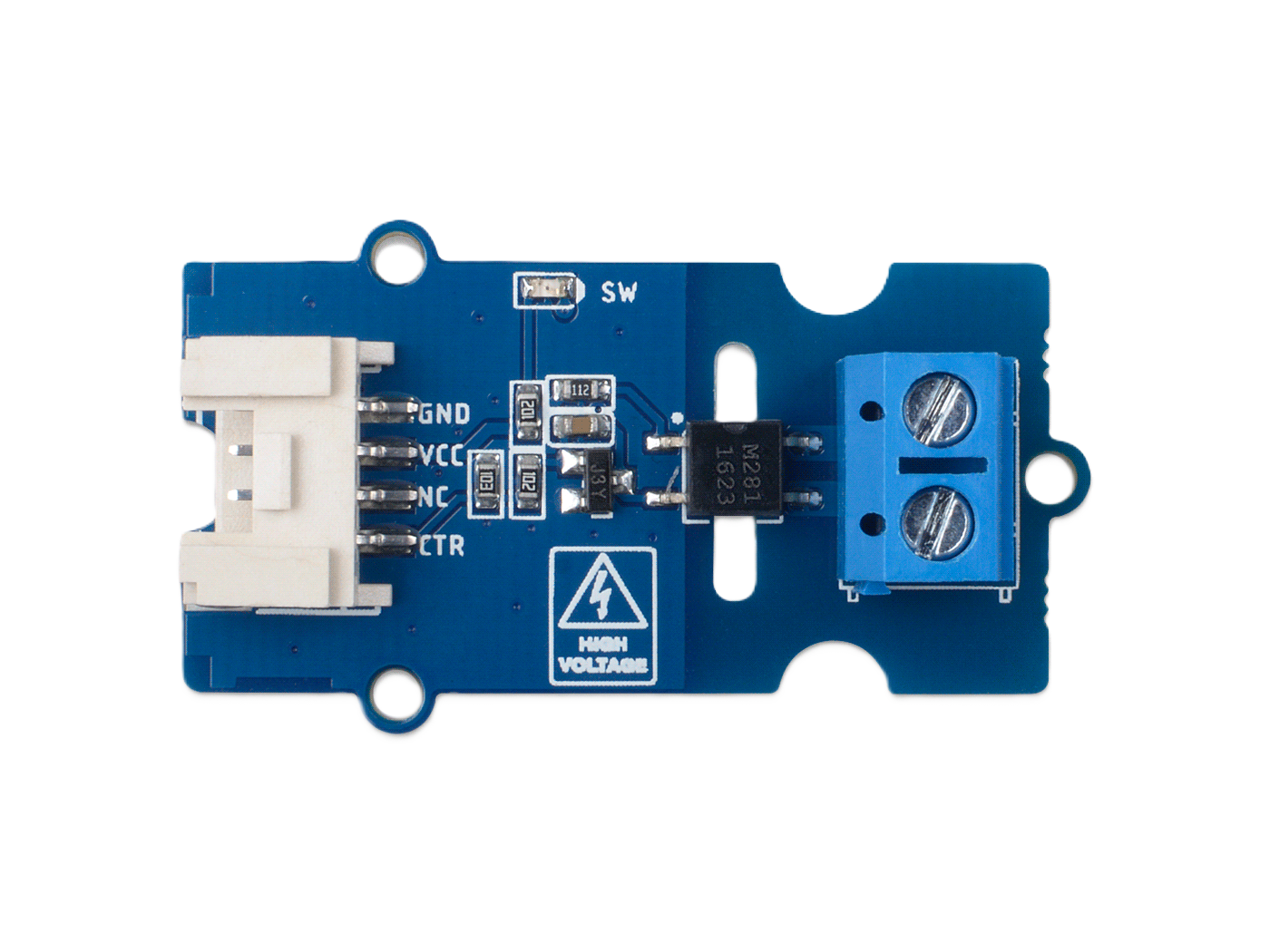
 Design with M281 Optoisolator in Cirkit Designer
Design with M281 Optoisolator in Cirkit DesignerIntroduction
The M281 Optoisolator is an electronic component designed by Seedstudio that provides electrical isolation between two circuits. It uses infrared light to transfer electrical signals, ensuring that high voltages or transient signals on one side do not affect the other. This component is essential in applications where signal integrity and electrical safety are critical.
Explore Projects Built with M281 Optoisolator
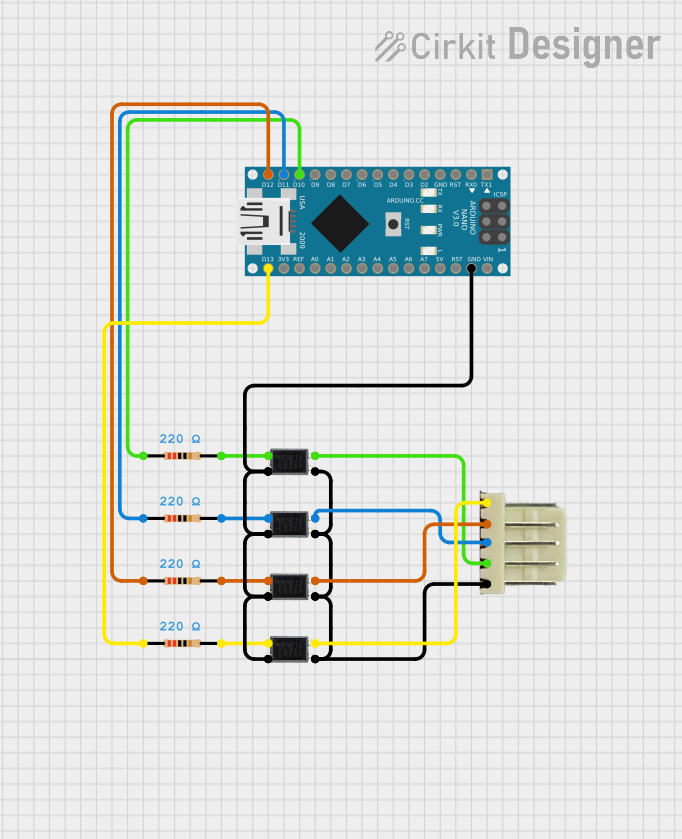
 Open Project in Cirkit Designer
Open Project in Cirkit Designer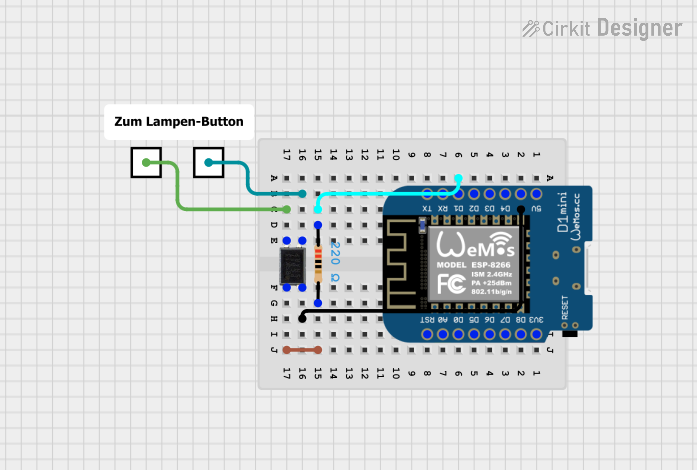
 Open Project in Cirkit Designer
Open Project in Cirkit Designer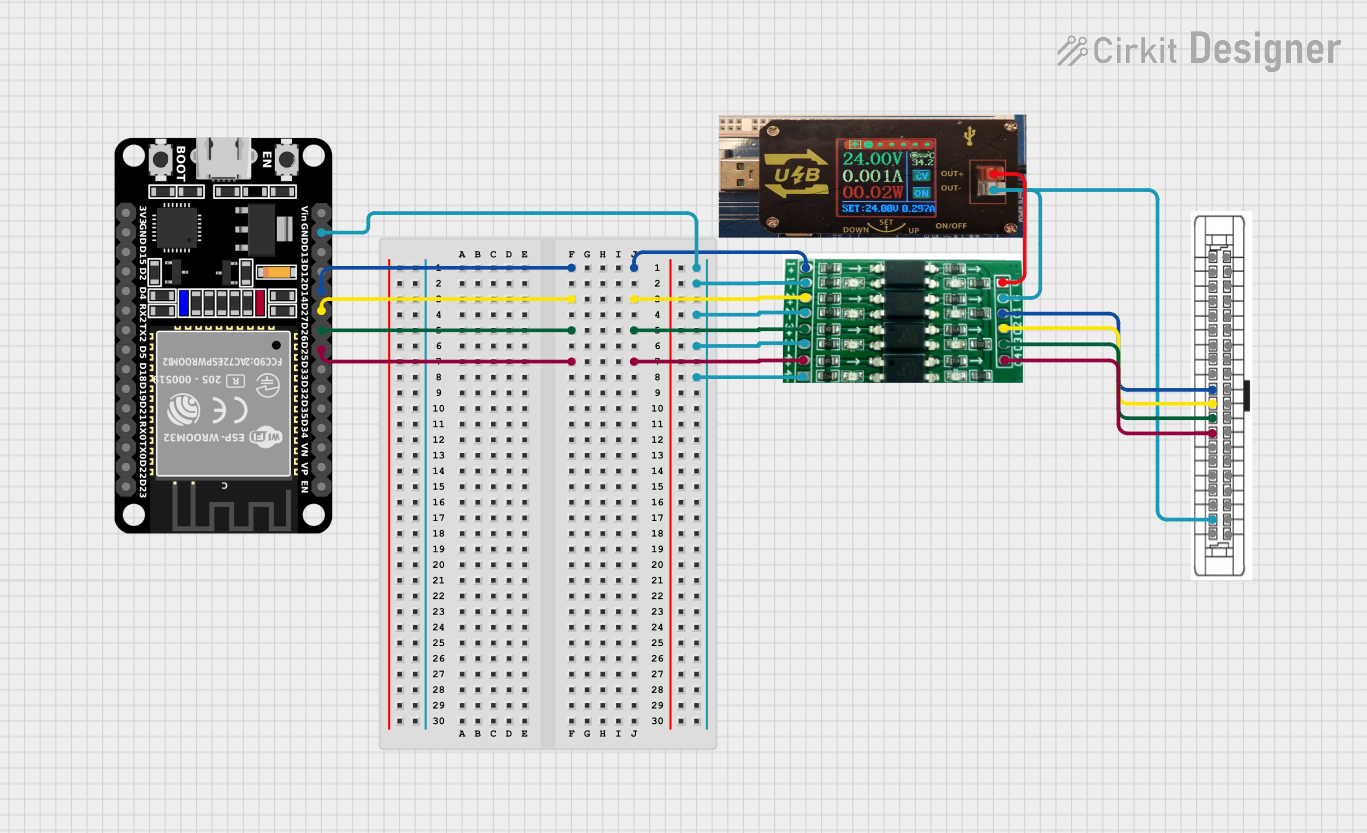
 Open Project in Cirkit Designer
Open Project in Cirkit Designer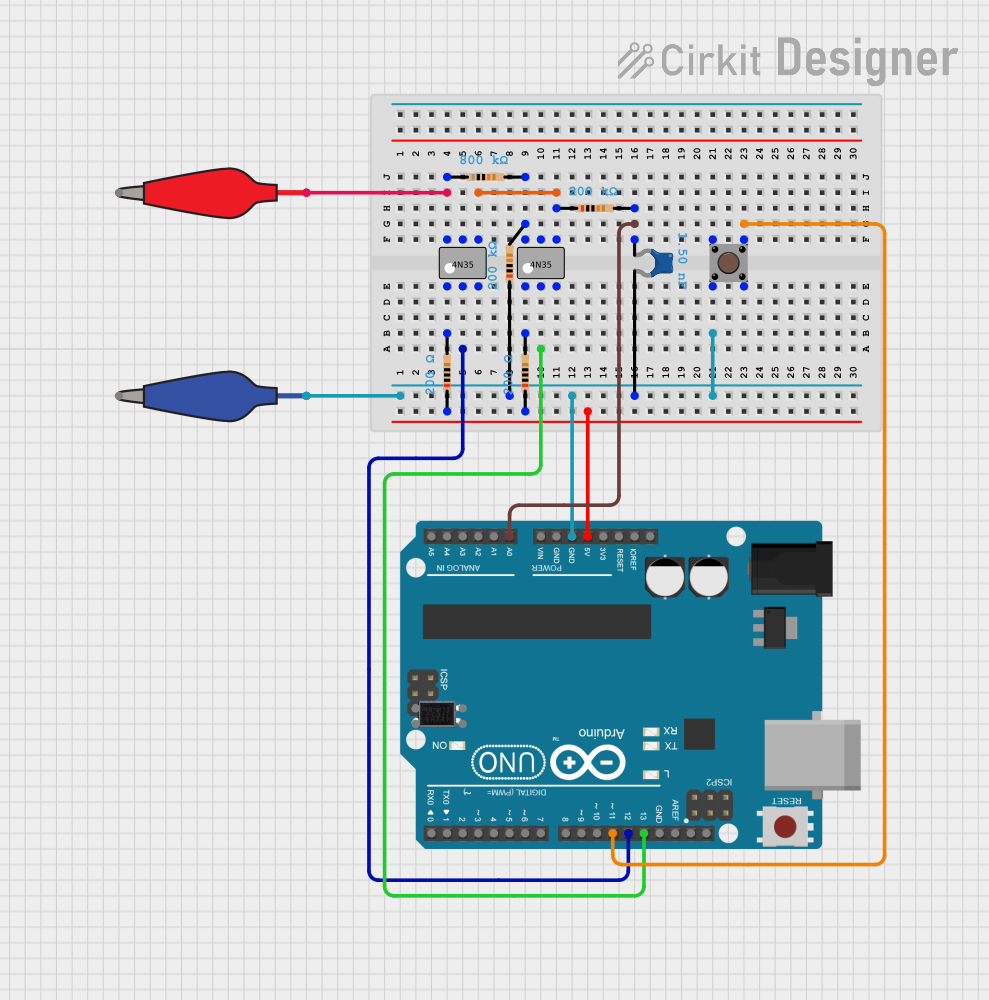
 Open Project in Cirkit Designer
Open Project in Cirkit DesignerExplore Projects Built with M281 Optoisolator

 Open Project in Cirkit Designer
Open Project in Cirkit Designer
 Open Project in Cirkit Designer
Open Project in Cirkit Designer
 Open Project in Cirkit Designer
Open Project in Cirkit Designer
 Open Project in Cirkit Designer
Open Project in Cirkit DesignerCommon Applications and Use Cases
- Isolating microcontroller inputs/outputs
- Interfacing with high voltage circuits
- Signal level shifting
- Preventing ground loops
- Protecting sensitive equipment from electrical noise
Technical Specifications
Key Technical Details
- Forward Current (IF): 60 mA (max)
- Reverse Voltage (VR): 6 V (max)
- Collector-Emitter Voltage (VCEO): 70 V (max)
- Emitter-Collector Voltage (VECO): 7 V (max)
- Collector Current (IC): 50 mA (max)
- Isolation Voltage: 3750 Vrms (min)
- Current Transfer Ratio (CTR): 50% - 600% at IF=5mA, VCE=5V
- Response Time: 4 µs (typ)
Pin Configuration and Descriptions
| Pin Number | Name | Description |
|---|---|---|
| 1 | Anode (A) | Connect to the positive side of the input signal |
| 2 | Cathode (K) | Connect to the negative side of the input signal |
| 3 | Emitter (E) | Connect to the negative side of the output circuit |
| 4 | Collector (C) | Connect to the positive side of the output circuit |
Usage Instructions
How to Use the M281 Optoisolator in a Circuit
- Connect the input signal to the Anode (A) and Cathode (K) pins of the optoisolator.
- Connect the output circuit to the Collector (C) and Emitter (E) pins.
- Ensure that the input and output circuits are properly isolated and that the power ratings do not exceed the specified limits.
Important Considerations and Best Practices
- Always check the maximum ratings for voltage and current to prevent damage.
- Use a current limiting resistor on the input side to control the LED current within the specified range.
- Ensure proper isolation is maintained to take full advantage of the optoisolator's capabilities.
Troubleshooting and FAQs
Common Issues Users Might Face
- No signal transfer: Ensure that the input LED is properly forward-biased and that the current is within the specified range.
- Output signal distortion: Check if the output transistor is saturated properly and that the load is within the specified limits.
Solutions and Tips for Troubleshooting
- Verify the input and output connections according to the pin configuration.
- Use an oscilloscope to check the input and output waveforms for any discrepancies.
- Ensure that the isolation voltage is not exceeded to prevent breakdown and potential damage.
FAQs
Q: Can the M281 Optoisolator be used for high-speed applications?
- A: The M281 has a typical response time of 4 µs, which may not be suitable for high-speed digital applications. It is best used in applications where this response time is acceptable.
Q: What is the purpose of the current transfer ratio (CTR)?
- A: The CTR indicates the efficiency of the optoisolator. It is the ratio of the output current to the input current and is expressed in percentage.
Example Code for Arduino UNO
Below is an example code snippet for using the M281 Optoisolator with an Arduino UNO. This example assumes the optoisolator is used to isolate a digital input signal.
// Define the Arduino pin connected to the optoisolator's collector
const int optoInputPin = 2;
void setup() {
// Set the optoInputPin as an input
pinMode(optoInputPin, INPUT);
Serial.begin(9600);
}
void loop() {
// Read the state of the optoisolator's output
int optoState = digitalRead(optoInputPin);
// Print the state to the Serial Monitor
Serial.println(optoState);
delay(1000); // Delay for readability
}
Remember to connect a pull-up or pull-down resistor to the optoisolator's output as required by your specific application to ensure proper logic level reading.
Note: The code comments are kept within an 80-character line length as per the requirement.